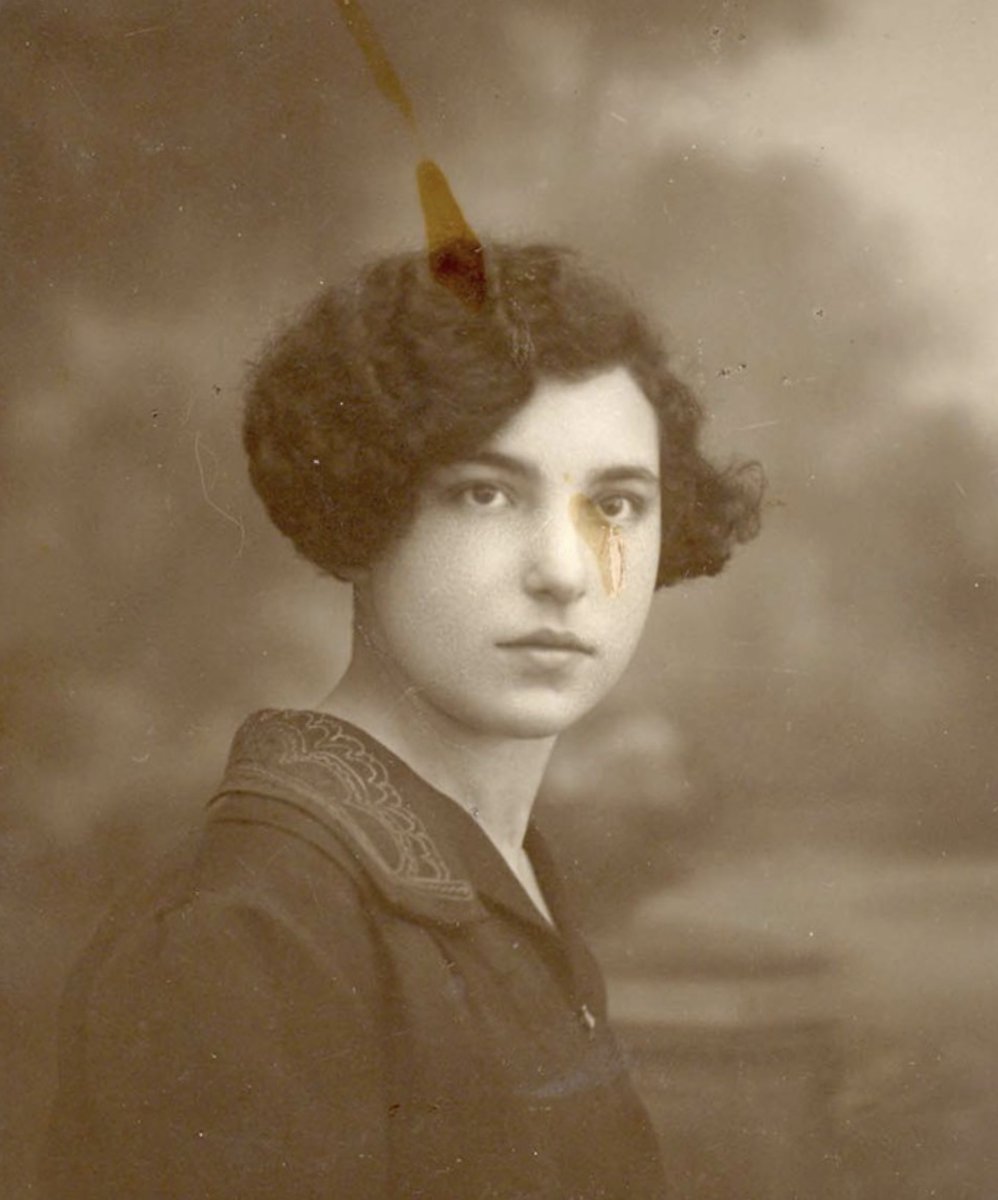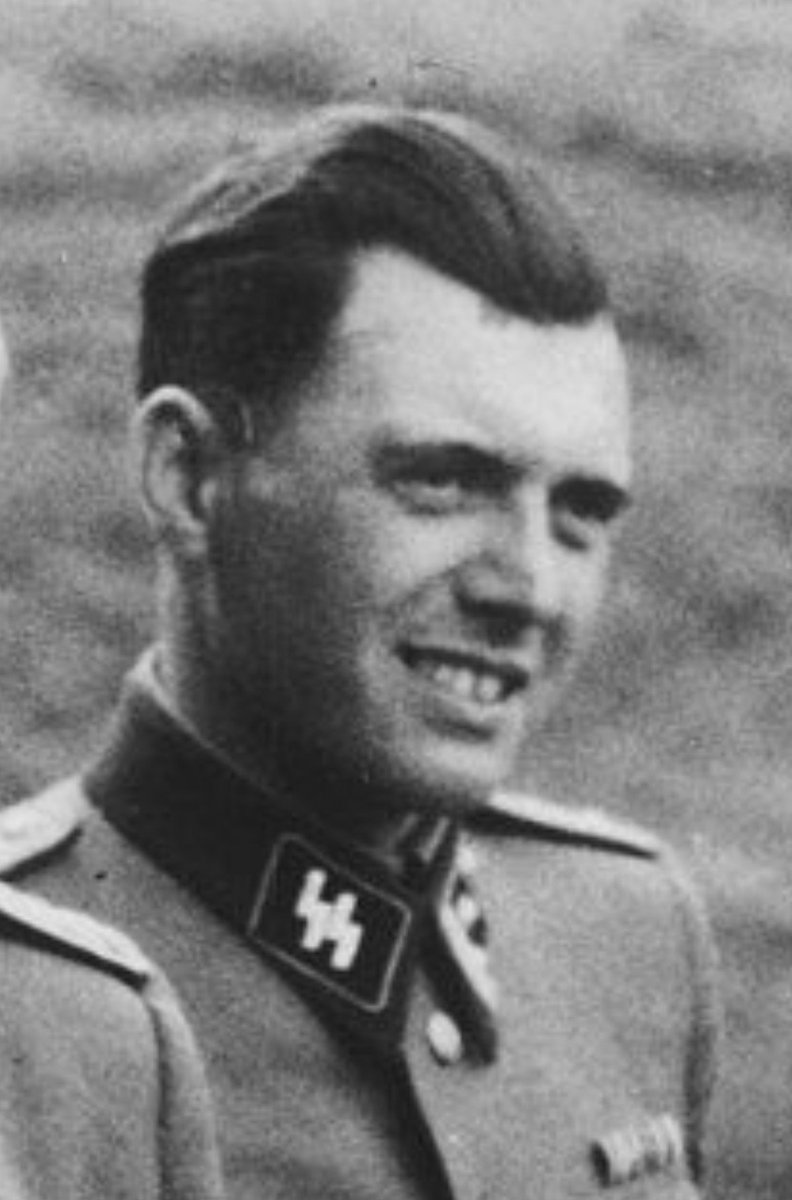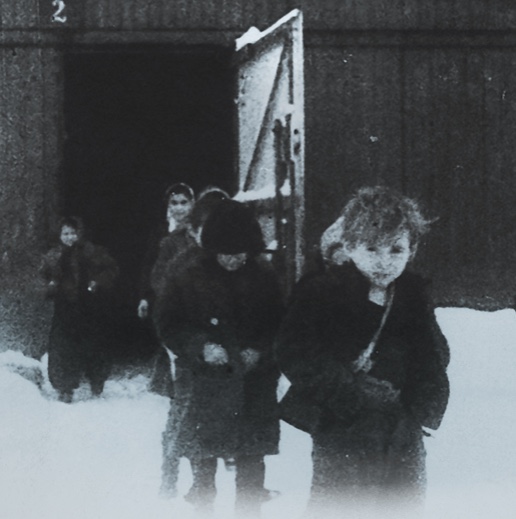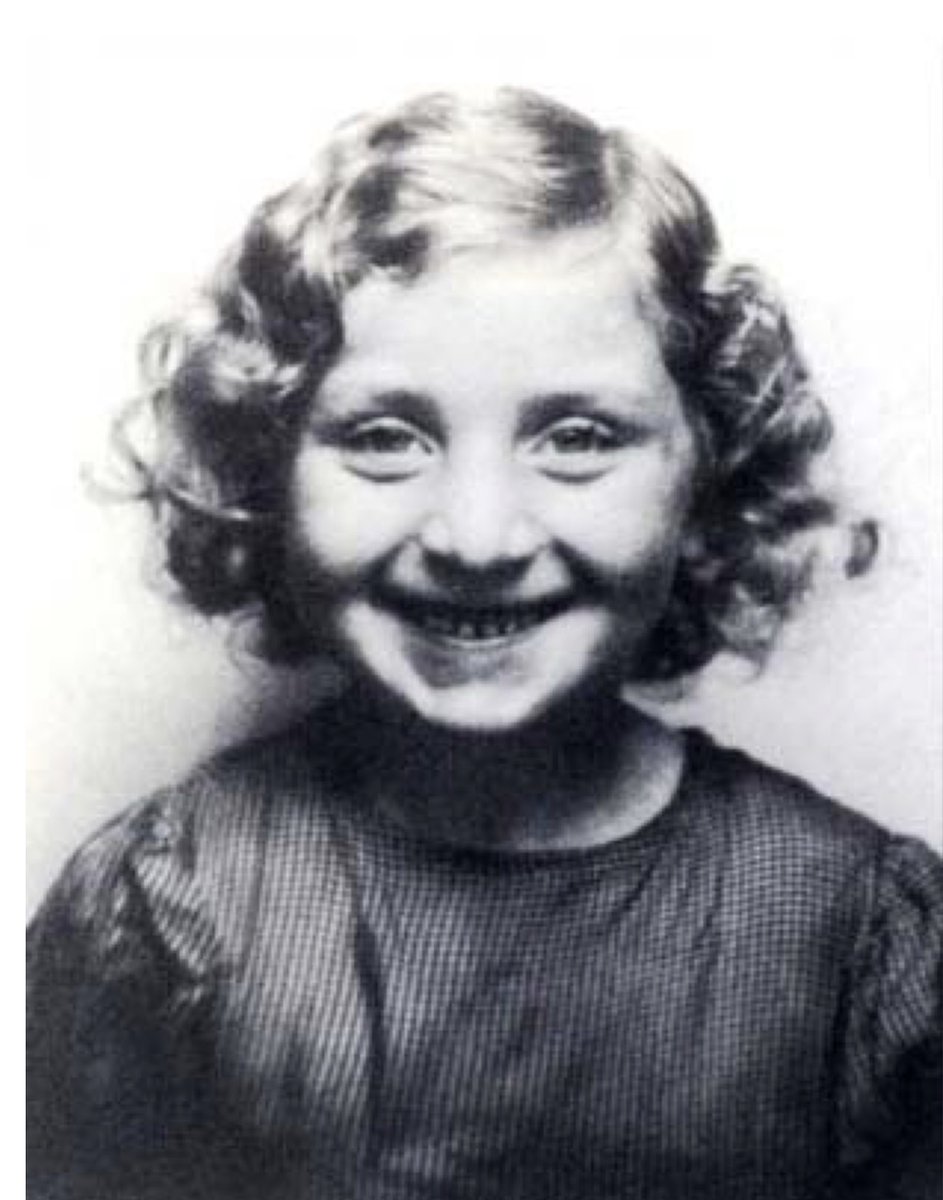
17 January 1908 | Polish Jewish woman Salomea Poler (née Fejnman) was born in Warsaw. During the war she lived in Brussels.
She arrived at #Auschwitz on 28 September 1942 in a transport of 1,742 Jews deported from Malines / Mechelen. She was murdered in a gas chamber.
She arrived at #Auschwitz on 28 September 1942 in a transport of 1,742 Jews deported from Malines / Mechelen. She was murdered in a gas chamber.

Salomea was married to Zelik. They had five children: Fanny, Rosette, Abraham, Jeannine and Lila.
Zelik left for Venezuela. He did not contact Salomea again. Salomea worked as a seamstress to support her children, but struggled financially.

Zelik left for Venezuela. He did not contact Salomea again. Salomea worked as a seamstress to support her children, but struggled financially.


A nearby Convent of les Soeurs du Saint Saveur provided aid to impoverished people in the area. When Lilia became ill, the nuns visited and brought her medicine and a doll. They offered to hide Lilia in the convent. Salomea agreed, but only if they would hide all of her children.
When the Germans began rounding up Jews, Salomea brought her children to the convent. She could visit them occasionally, but it became too dangerous & the nuns decided to stop letting her in. Salomea climbed up a ladder and scaled the roof to get inside, but she was caught.
She was arrested and sent to Mechelen / Malines transit camp. On 26 September 1942, Salomea was deported to Auschwitz. She was murdered in a gas chamber after selection.
Her children survived in hiding.
Her children survived in hiding.
The Poler children were reunited and lived in Jewish orphanages in Antwerp and Brussels. They resumed contact with their paternal grandparents. Salomea’s eight sisters, and presumably their families, all perished in the Holocaust.
In 1946, Zelik returned to Belgium for his children. He took Fanny and Abraham back to Venezuela with him. Rosette, Jeanine and Lilia remained in Belgium until 1949, when they immigrated to Venezuela.
• • •
Missing some Tweet in this thread? You can try to
force a refresh














